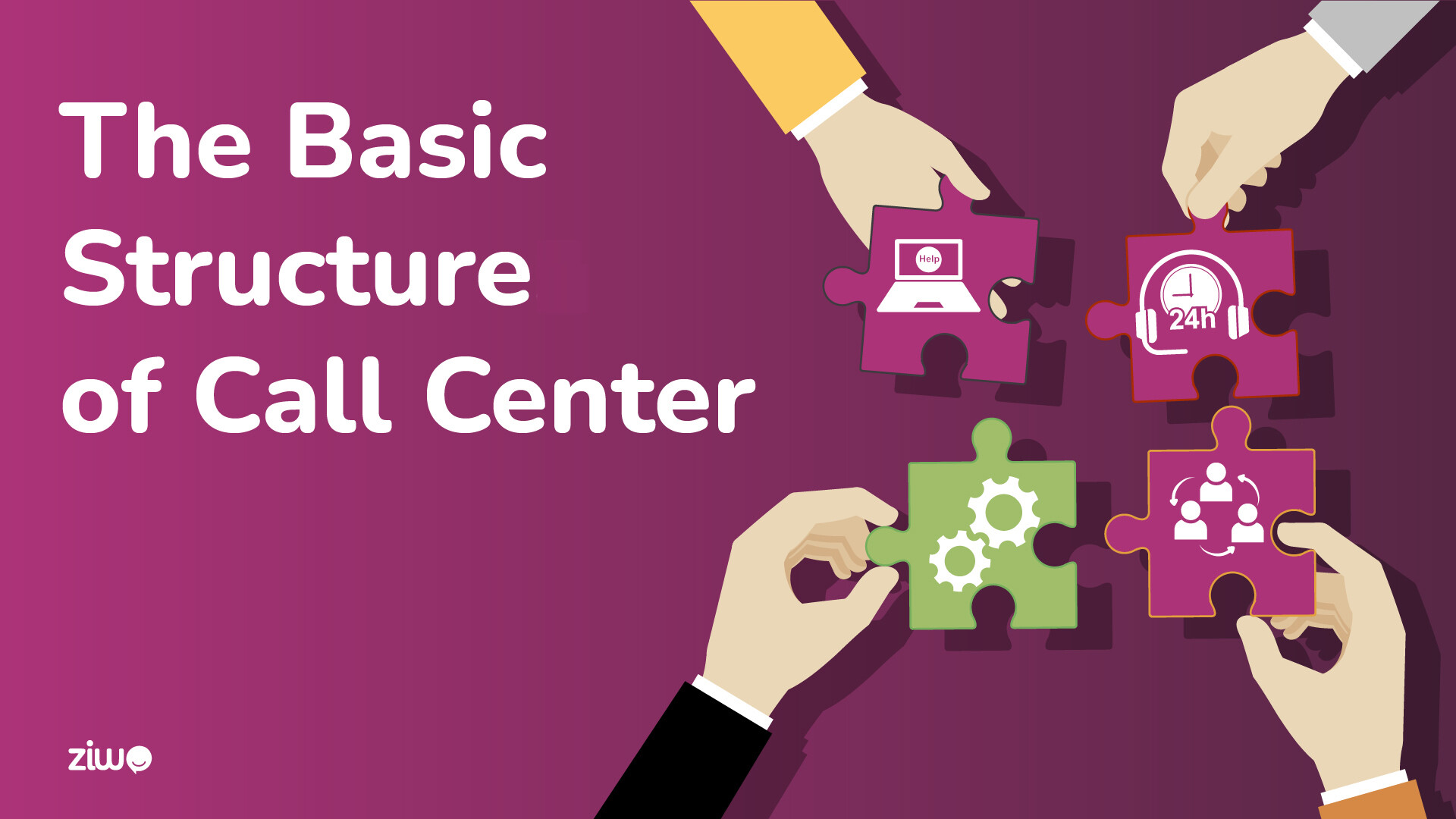
La structure organisationnelle d'un centre d'appel est un ensemble d'unités ou d'éléments interdépendants qui, en interagissant les uns avec les autres, assurent le fonctionnement d'un système unique, ainsi que son développement.
Ainsi, la structure d'un centre d'appel pour les grandes, moyennes et petites entreprises se compose de départements interconnectés, dont chacun remplit certaines fonctions. Une communication établie et compréhensible entre tous les départements garantit leur tâche principale : un travail ininterrompu et de haute qualité dans le centre d'appel.
La structure d'un centre d'appel, ou plutôt sa structure organisationnelle, dépend principalement de la taille de l'entreprise, ainsi que de l'orientation de ses activités.
Dans cet article, nous nous proposons d'examiner un schéma relativement étendu de la structure du centre d'appel et des fonctions que chacun de ses départements remplit.
Les agents

L'équipe des agents est la plus importante. Ils remplissent les principales fonctions du centre d'appel : recevoir et passer des appels téléphoniques, mais aussi communiquer avec les clients en utilisant d'autres canaux de communication. Il peut y avoir deux, voire trois fois plus d'agents dans le centre de contact que d'agents disponibles au bureau, car ils travaillent le plus souvent par équipes. Le travail dans ce département est effectué selon des règles et des instructions claires.
Les agents sont tenus de respecter des pauses fixes pour se reposer ou se former. La direction du centre d'appel fixe des normes strictes et exerce un contrôle total sur le travail des agents. C'est peut-être la raison pour laquelle cette équipe connaît le taux de rotation du personnel le plus élevé. Certains employés (principalement des étudiants) considèrent ce travail comme temporaire et vont ensuite travailler dans la région dans leur spécialité.
Agents principaux
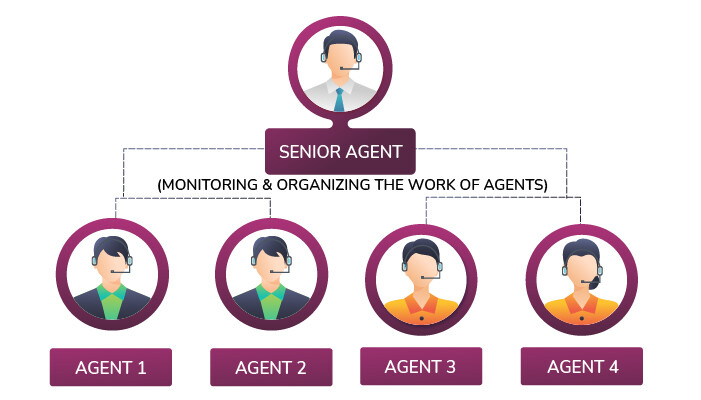
L'unité structurelle suivante dans l'organigramme du centre d'appel est celle des agents seniors. Ils sont chargés de contrôler et d'organiser le travail d'un certain groupe d'agents. Chaque groupe compte généralement entre 5 et 7 agents. Les agents seniors peuvent aider les nouveaux arrivants lors des phases initiales, conseiller les agents sur des questions complexes, établir des programmes de travail pour leur groupe, etc. Les agents seniors combinent ces tâches avec les fonctions habituelles des agents, telles que la réception des appels...
Superviseurs
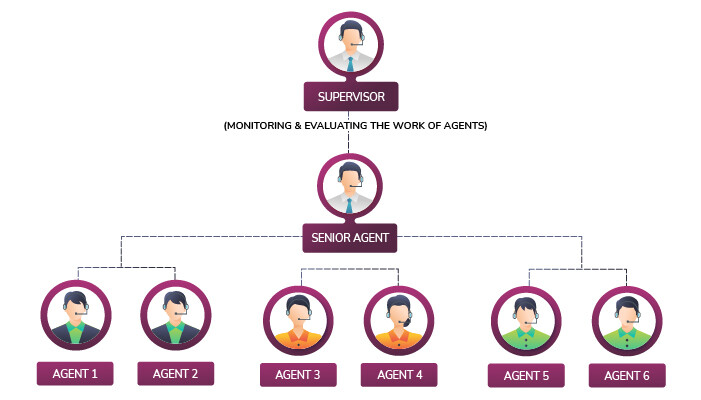
Le travail de ce département vise à contrôler et à évaluer le travail des agents. Les agents seniors (ou agents) les plus responsables et les plus expérimentés sont majoritairement transférés au poste de superviseur. En outre, les superviseurs doivent veiller à la mise en œuvre des plans établis et à l'interaction avec les niveaux de normes les plus élevés.
Département des ventes
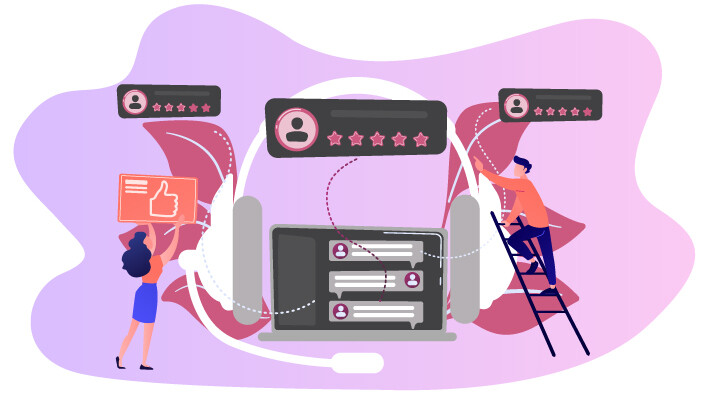
Pour assurer le fonctionnement de l'ensemble du centre d'appel, il est nécessaire de disposer d'un département des ventes qui recherche des clients potentiels et leur vend les services du centre d'appel. En outre, ces clients sont supervisés par des gestionnaires (ou chefs de projet), qui sont chargés de coordonner le flux de travail entre les clients et les contractants. Les chefs de projet des centres d'appels externalisés déterminent les besoins, élaborent les indicateurs nécessaires et contrôlent les performances.
Département technique
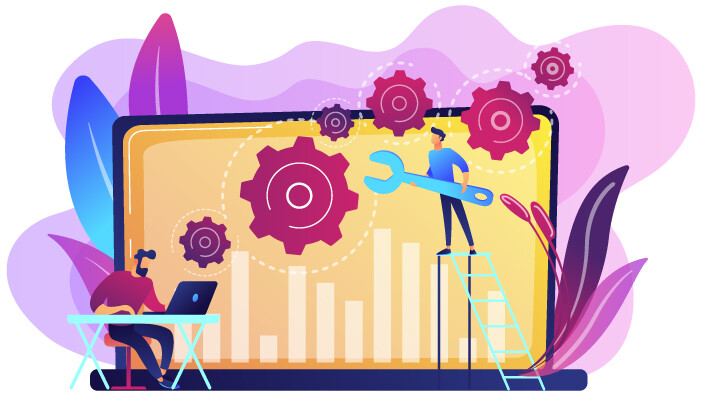
Il assure la capacité technique afin que le travail du centre d'appel soit effectué dans les délais, et le département technique doit être de haute qualité. Ses responsabilités comprennent le contrôle de la mise à disposition des postes de travail des ressources nécessaires (réseau, électricité, téléphonie), ainsi que la recherche des outils et logiciels nécessaires à l'autonomisation des agents (par exemple, logiciel CRM, solutions de centre d'appel en nuage, logiciel de gestion des effectifs,...etc). Le service informatique du centre d'appel est tenu d'éliminer ou de minimiser les temps d'arrêt dus à des dysfonctionnements techniques si ces problèmes sont internes et relèvent de son domaine de responsabilité.
Département des ressources humaines

En raison de la rotation du personnel dans le département, les agents ont été envoyés pour lutter contre le département de gestion du personnel du centre d'appel. Dans les grandes entreprises, le recrutement de nouveaux employés se fait presque continuellement. Par conséquent, la structure du personnel du centre d'appel est la principale activité du département des ressources humaines.
L'objectif est d'assurer une dotation complète en personnel, de fermer rapidement les nouveaux postes vacants, d'informer les candidats de manière aussi détaillée que possible et d'expliquer toutes les nuances du processus de travail, y compris ses aspects positifs et négatifs. Ainsi, il sera possible de réduire le nombre de licenciements aux premiers stades du travail.
Département de la formation
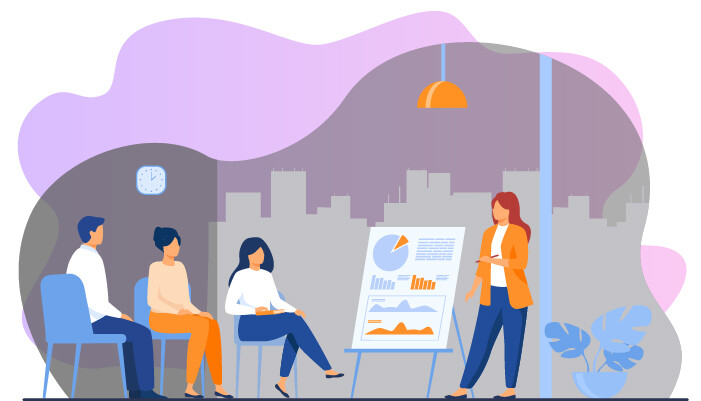
Avant de rejoindre le flux de travail, les nouveaux arrivants suivent des cours de formation organisés par le service de formation. Ils y sont formés aux instructions de base du service à la clientèle, en particulier s'ils n'ont pas d'expérience dans un centre d'appel. En outre, des coachs commerciaux assurent la formation du personnel en place avant le lancement de chaque nouveau projet. Selon une approche individuelle, des scripts de conversation sont créés pour un projet spécifique, et toutes les options possibles pour le développement d'une conversation sont fournies, en tenant compte des souhaits et des exigences du client.
Département d'assurance qualité
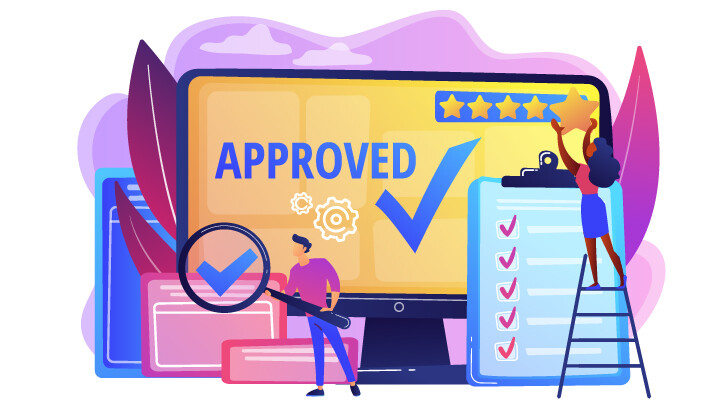
Le service d'assurance qualité doit veiller au respect des exigences et des règles établies. Il surveille le travail des agents, écoute leurs conversations et donne son avis, ainsi que des recommandations pour améliorer le service à la clientèle.
Dans la structure du centre d'appel, il peut également y avoir un département distinct qui sera responsable du développement de l'entreprise. Son travail consiste à trouver de nouveaux domaines d'activité, à introduire de nouvelles technologies et de nouveaux canaux de communication, et à améliorer les processus de travail et le niveau de service fourni.
Dans les petites entreprises, la structure organisationnelle du centre d'appel est sensiblement différente de celle décrite ci-dessus. Souvent, il n'y a que 3 ou 4 départements qui exercent plusieurs fonctions différentes dans la même direction. Par exemple, le responsable d'un centre d'appel peut également être impliqué dans son développement et, en partie, dans la recherche de clients et de personnel. Certains centres d'appel n'ont pas de département de qualité et de formation, et leurs fonctions sont prises en charge par les superviseurs et les gestionnaires. Très souvent, certains travailleurs peuvent travailler à distance. Il peut s'agir de coachs en ressources humaines ou en affaires qui ne seront qu'occasionnellement dans les bureaux du centre d'appel.
Des études ont montré que l'efficacité du travail n'est pas affectée par la structure du centre d'appel lui-même, mais plutôt par le bon fonctionnement de la communication et de la coopération entre tous ses départements. Il est donc important de veiller à la qualité du transfert d'informations entre eux et à la cohésion du travail en vue d'atteindre un résultat commun.





